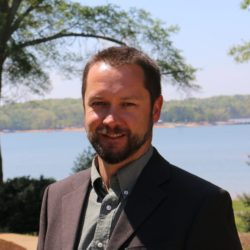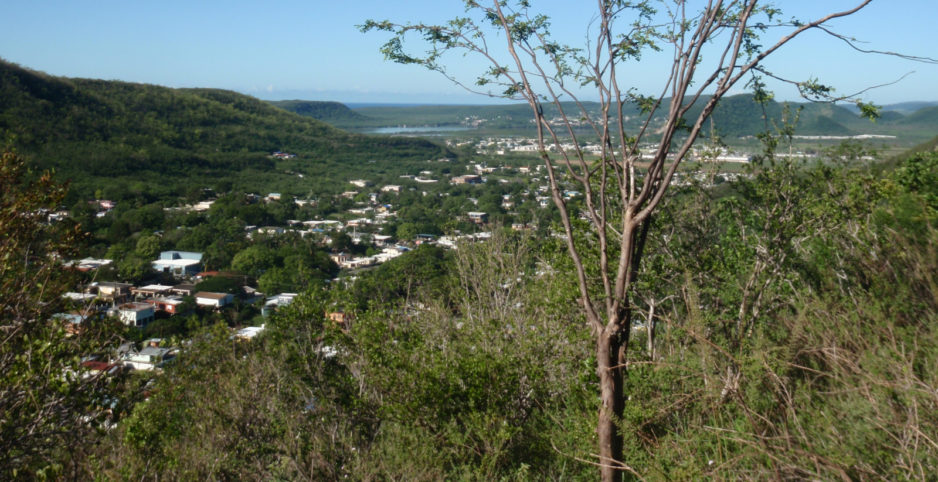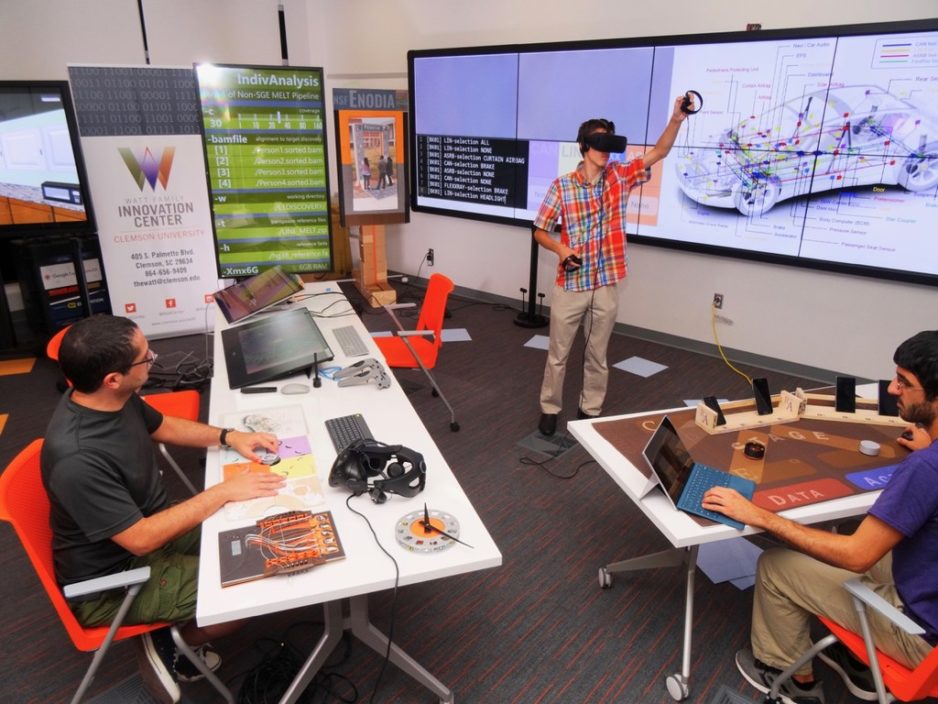At A Glance
Thomas O’Halloran has made it his mission to decipher the “conversations” between the Earth’s surface and atmosphere to better understand how and why they are connected. Understanding those connections can lead to cleaner air and water, more sustainable and profitable options for farmers and forest landowners, and solutions to the problems of climate change. He uses an armada of high-tech equipment including drones, tall towers and a custom-made portable laboratory to learn the language of our environment.
Bio
We have known for centuries that the earth and the sky have an intimate relationship.
O’Halloran has made it his mission to decipher the rhythmic, cyclical “conversations” between the land surface and the atmosphere of our world to better understand how and why they are connected. He climbs into the sky on four towers, up to 120-feet tall, scattered around the Lowcountry to listen. These days, he also treks to the quietest, most isolated parts of the wetlands, towing a customized trailer full of cutting-edge equipment to eavesdrop.
What he’s heard has been eye-opening — and sobering — for climate scientists, scholars and farmers.
O’Halloran measures the emissions of gases like methane, carbon dioxide and nitrous oxide released by the soil and ways with advanced sensors housed in the mobile lab. Nitrous oxide and methane, particularly, can strongly influence the climate. Better understanding the soil’s role in releasing these gases can help landowners increase profitability and help public policymakers manage land and mitigate greenhouse gas emissions. O’Halloran and his collaborators can use the data collected to, for example, valuate carbon credits in coastal wetlands and conservation easements on restored rice fields, or to understand how sea-level rise is affecting coastal ecosystems.
From the towers, which are stationed around Clemson’s Belle W. Baruch Institute of Coastal Ecology and Forest Science, O’Halloran measures the exchange of carbon, water and energy between the Earth’s surface and the atmosphere. He works with a team of international scientists to create a global map measuring the cooling effect forests have by regulating the exchange of water and energy between the Earth’s surface and the atmosphere, potentially a valuable tool in efforts to mitigate climate change.
O’Halloran hopes his innovative approaches to studying the climate and forests, which also include the use of drones and satellites, will attract more young researchers into joining him in this important work.
Quotes
One of the bigger things I found was that we typically think of forest fires as a bad thing for climate because when a forest burns, you take all that carbon that’s stored in the forest and put it into the atmosphere, which is not a good thing, but we made a discovery that in a lot of places, especially at higher altitudes, when you wipe out the forest and expose the underlying surface, if it’s snowy in the winter, snow is so bright it reflects so much sunlight back into space that it actually cools the climate system.




